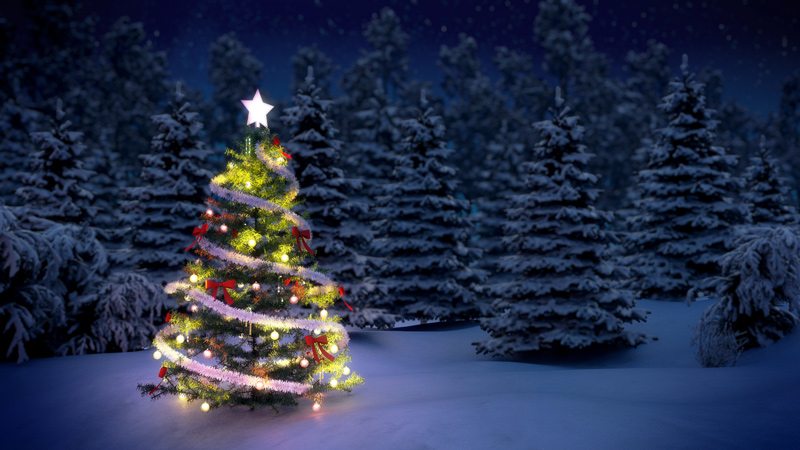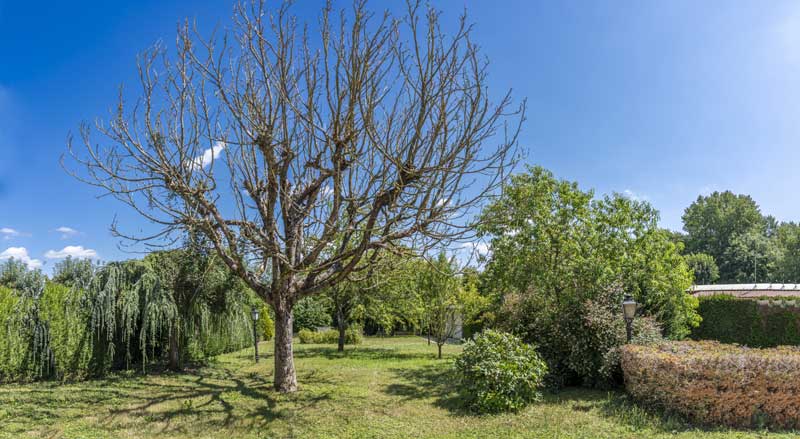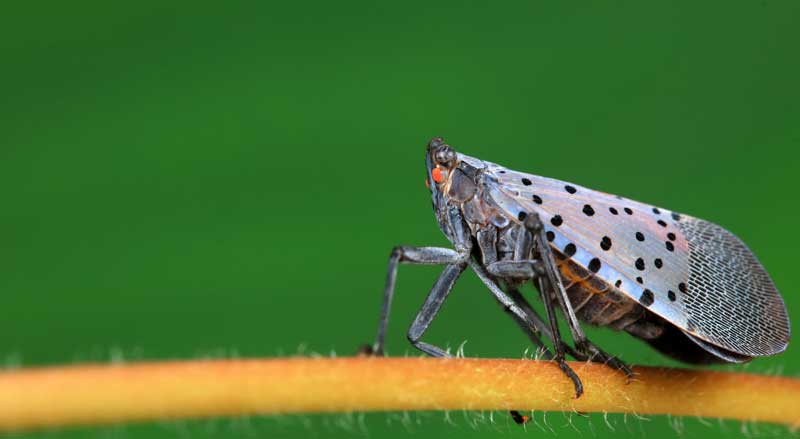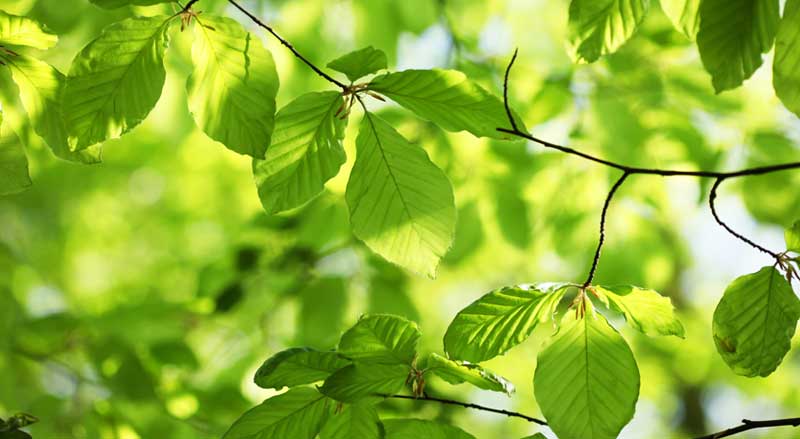Good food, family and friends are all telltale signs of the coming holiday season. But one of the most iconic parts to officially welcome Christmas into the season is the tree. There are so many different tree types with different shapes, branches, and colors of green, how can you possibly choose?
Picking out the perfect Christmas tree depends on lot of factors, including family tradition and personal preference. Whether choosing a spruce, fir, or pine, some things to consider are color, scent, needle retention, and branch strength.
Types of Christmas Trees
Fraser Fir
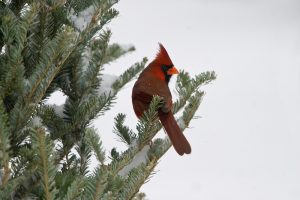
The Fraser Fir grows in a near-perfect shape, and when kept properly watered this Christmas tree retains its needles very well throughout the holiday season.
Noble Fir
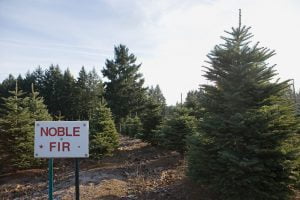
The spaced out and sturdy branches make this tree easy to decorate with lots of lights and ornaments.
Colorado Blue Spruce

Native Americans have often used the Blue Spruce for medicinal purposes. Its twigs can be given as gifts as they are thought to bring good fortune.
Grand Fir
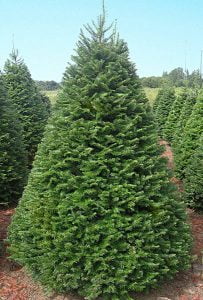
If you have the space for a taller type of tree, they can create a glowing focal point in your home for Christmas.
The branches on the Grand Fir tree are typically symmetrical and evenly spread which allows a generous amount of space for ornaments to be hung and easily seen.
Balsam Fir
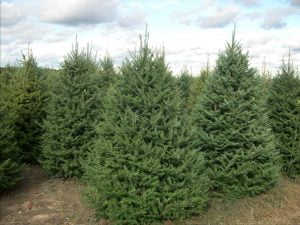
Its branches cannot support the weight of heavier ornaments because the bark is a softer wood, but its dark-green hue and long-lasting needles make the Balsam Fir a great choice.
Douglas Fir
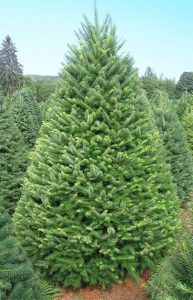
If the branches have been sheared, it can be a little bit difficult to decorate the dense foliage. This makes it easy to wrap lights around, but ornaments may have to be placed on the outside.
Though it is not a true fir, the Douglas Fir is one of the traditional favorites in New Jersey and is often less expensive.
Scotch Pine
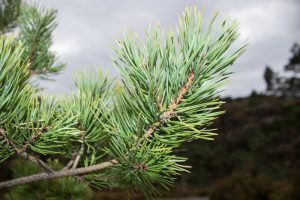
It keeps extremely well with very good needle retention. The branches are strong, but its needles can be very sharp.
Tips for Choosing a Christmas Tree
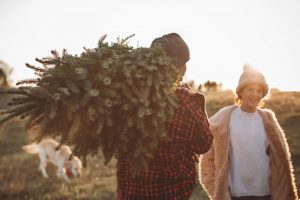
Check the tree’s needles and the trunk to make sure it’s fresh. Before purchasing, shake your tree to see how many needles fall off. If the tree is shedding a lot of needles before you even get home, chances are it will not hold up throughout the entire holiday season.
If young children will be taking part in decorating, consider choosing a Christmas tree with softer needles. Spruce trees and Scotch Pines tend to have sharper needles.
Have fun! The holiday season comes only once a year so enjoy your family and the ones you love while choosing your tree. Make a day out of finding the perfect tree for your home and sharing in the decorating festivities.
Finding the right tree for the holidays is important. Take time to plan and research which tree will work best in your home for a truly Merry Christmas and a Happy New Year!

